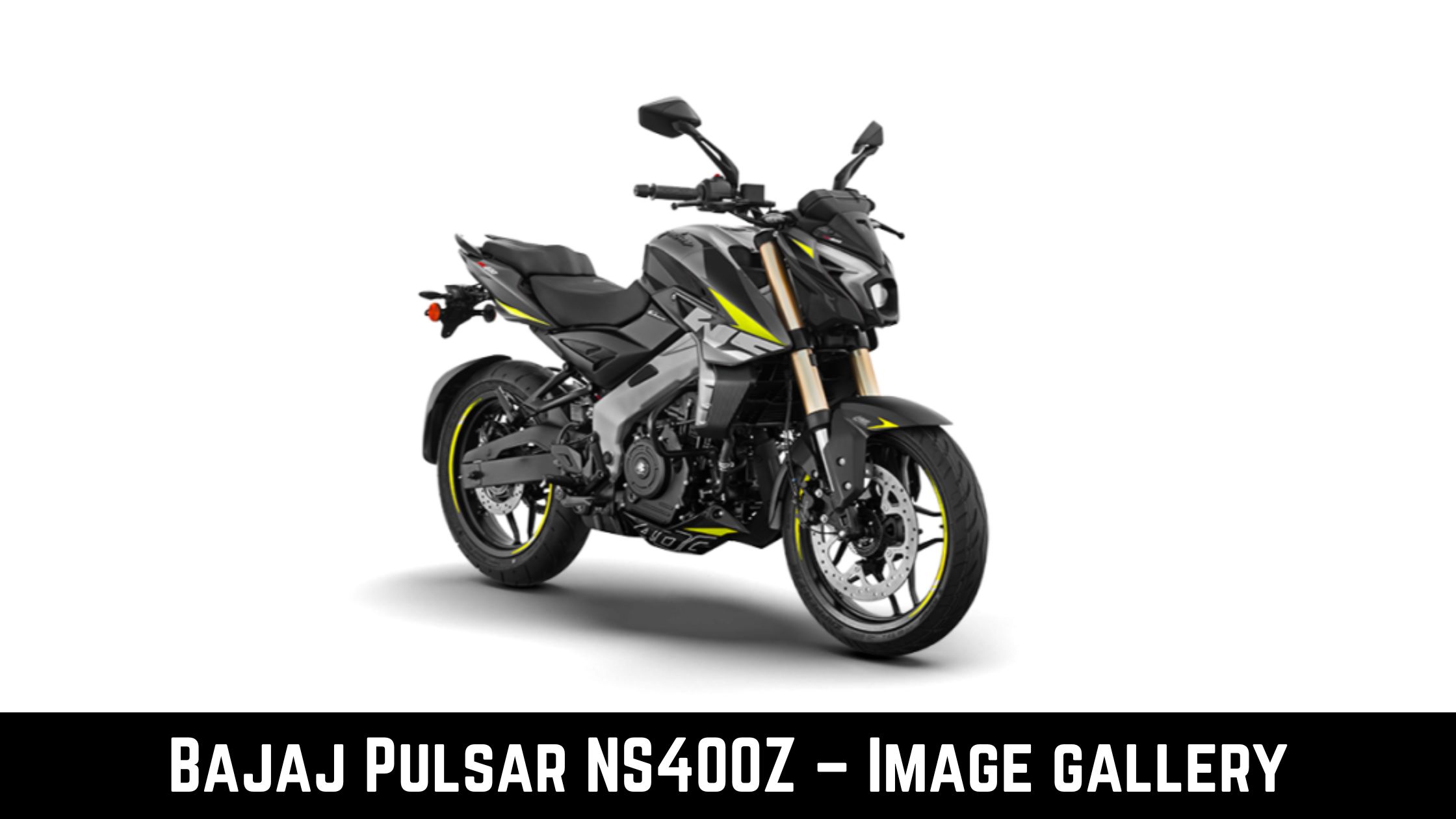
The greatest qualities of both a V-Twin and an inline four-cylinder engine are combined in a V4 engine. This engine is found in many of the world’s most popular motorcycles. V4s are typically difficult and expensive to construct. But with Honda, Ducati, Aprilia, and KTM employing V4 architectures in MotoGP, the advantages are evident.
What are V4 Motorcycle Engines?
V4 motorcycle engines are a type of engine configuration commonly used in motorcycles. They are composed of four cylinders arranged in a V-shape, with two cylinders on each side of the V. The V4 configuration offers advantages such as compactness, balanced weight distribution and smooth power delivery.
V4 motorcycle engines are known for their high performance, horsepower, powerful torque and excellent acceleration. They are commonly used in sports bikes and high-performance motorcycles.
V4 Motorcycle Engines: Pros
- High caliber.
- Torquey power delivery is smooth.
- Streamlined design with a small profile.
- Amazing exhaust notes and sound.
V4 Motorcycle Engines: Cons
- Expensive to manufacture and complex.
- Costly to maintain.
- A weight increase over inline-four engines.
- More challenging fitting of ancillary components.
V4 Motorcycle Engines: History
The engine is significantly smaller when the four cylinders are arranged in a V shape. Furthermore, it provides a smaller crankshaft length. Similar to a V-twin, adopting a 90-degree angle results in perfect primary balance and less shaking than an inline four.
Unlike other motorbike engine types, the V4 wasn’t introduced until the Matchless Silver Hawk in the 1930s. However, it gradually acquired popularity as a high-performance choice over time, with both two-stroke and four-stroke variants available.
In the 50cc two-stroke Grand Prix era, almost all rivals switched from square four designs to V4s. This even permeated lower classes and production bikes, including the legendary Yamaha RD500LC.
Honda V4 Engine Motorcycles
As Honda Motorcycles introduced the VF line in 1982 with options for 400cc, 500cc, 750cc, and 1000cc, the V4 motorcycle craze took off in the 1980s. They might have had reliability issues, but they helped make some legendary bikes possible. The first was the Honda VFR750F, which swiftly evolved from a sports bike to a sports tourer and is still produced today.
Honda also created the VFR750R (RC30) and RVF750 (RC45), two superbikes that won competitions like the inaugural World Superbike Championship. They also produced 400cc versions, initially intended for the Japanese domestic market. However, they later created a thriving “grey import” sector in the UK. Because the smaller V4s were more expensive, the officially imported models initially cost more than considerably larger motorcycles.
The ST series, also called Pan-Europeans, completes the Honda V4 trio. These featured shaft drives and a sizable fuel tank under the saddle and were more focused on touring than the VFR.
Yamaha V4 Engine Motorcycles
However, Honda wasn’t the only Japanese company to employ the V4 engine. The 1,197cc 70-degree V4 engine that powered the Yamaha V-Max (the VMAX from 2009) debuted in 1985 and exhibited arm-wrenching acceleration. The chassis, suspension, and brake systems—all weak points in the original—were strengthened in the subsequent model, which switched to a 1,679cc 65-degree V4 engine.
Aprilia V4 Engine Motorcycles
Aprilia also chose a narrower V-angle, a 65-degree V4, for the RSV4 that won the WSB title. Despite being built primarily as superbike racers, the production models, equally sought-after road bikes, offer a V4 engine for a comparable cost to inline four cylinder engine from BMW and Japanese automakers.
Ducati V4 Engine Motorcycles
The strongest contemporary proponent of V4’s benefits is maybe Ducati. The Italian company has a long history of using 90-degree V-Twins successfully. However, their MotoGP experiment gave birth to the unique road-going Desmosedici RR, which costs £40,000 and has the same 989cc V4 “long bang” engine.
Furthermore, the Bologna company’s production of new, very effective V-twin motorcycles ends with the Panigale V4. The MotoGP-derived Desmosedici Stradale engine has been modified to work with production motorcycles.
The updated Panigale is 4.5kg heavier but marginally wider. The 1,103cc Desmodromic engine rotates in the opposite direction from the wheels to lessen the gyroscopic effect and turning effort, producing 211.2 horsepower.
The most significant testament to the performance, power delivery, and compact size of the current V4 is likely the shift in a motorcycle company’s attention to the more costly and difficult V4 engine design. It has happened twice, given Honda’s dedication over time and Ducati’s recent move.
V4 Motorcycle Engines Sound
V4 motorcycles share a distinctive sound. From the lesser capacity Honda NC30 and NC35 to the dominant Ducati Desmosedici and Honda RC213V in MotoGP, exhaust noise is a throaty performance growl.



